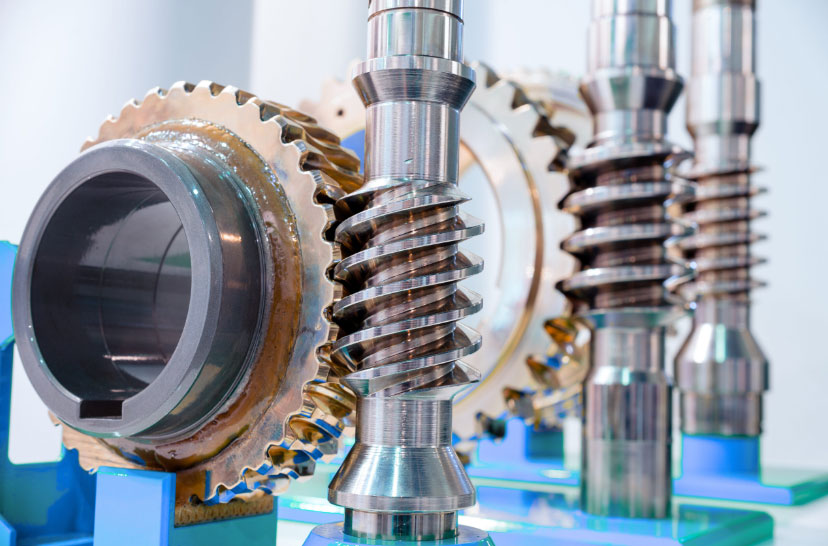Friction-induced noise in worm gear mechanisms remains a critical challenge for Electric Power Steering (EPS) systems. This article systematically analyzes noise generation mechanisms and proposes optimization strategies through dimensional control, material selection, lubrication engineering, and assembly process improvements.

1. Fundamental Analysis of Worm Gear Noise
The stick-slip phenomenon in worm gear pairs is mathematically described by:
$$ F_{friction} = \mu_s \cdot N + (\mu_k – \mu_s) \cdot N \cdot e^{-\frac{v}{v_c}} $$
Where:
- $\mu_s$ = static friction coefficient (0.12-0.18 for polymer/steel pairs)
- $\mu_k$ = kinetic friction coefficient (0.08-0.12)
- $v_c$ = critical velocity (typically 0.005-0.02 m/s)
2. Dimensional Optimization Strategies
Key dimensional parameters for worm gear noise control:
| Parameter | Tolerance Requirement | Measurement Method |
|---|---|---|
| Worm gear runout | ≤ 0.05 mm | VMM with 0.001 mm resolution |
| Center distance | ±0.02 mm | Coordinate measuring machine |
| Lead angle deviation | ≤ 0.1° | Optical comparator |
The optimal pressure angle ($\alpha$) for noise reduction follows:
$$ \alpha = \tan^{-1}\left(\frac{\pi \cdot m}{2 \cdot r}\right) \pm 0.5^\circ $$
Where $m$ = module, $r$ = pitch radius
3. Material Selection Matrix
Performance comparison of worm gear materials:
| Material | Friction Coefficient | HDT (°C) | Wear Rate (mm³/Nm) |
|---|---|---|---|
| PA66+30%GF | 0.12-0.15 | 245 | 3.2×10⁻⁶ |
| PA46+30%CF | 0.10-0.13 | 290 | 2.8×10⁻⁶ |
| POM+20%PTFE | 0.08-0.11 | 160 | 4.5×10⁻⁶ |
4. Lubrication Engineering
The optimal grease quantity ($Q$) follows:
$$ Q = \frac{\pi \cdot b \cdot (d_o^2 – d_i^2)}{4 \cdot K} $$
Where:
- $b$ = gear width (mm)
- $d_o$ = outer diameter (mm)
- $d_i$ = inner diameter (mm)
- $K$ = packing factor (1.8-2.2)
5. Assembly Process Control
Critical assembly parameters for worm gear systems:
| Process Step | Control Parameter | Acceptance Criteria |
|---|---|---|
| Preloading | Axial force | 15±2 N |
| Backlash adjustment | Radial clearance | 0.08-0.12 mm |
| Run-in process | Cycles | 500±50 rotations |
The relationship between assembly precision ($\sigma_a$) and noise level ($L_n$) is expressed as:
$$ L_n = 20 \cdot \log\left(\frac{\sigma_a}{\sigma_0}\right) + C $$
Where $\sigma_0$ = reference precision (0.01 mm), $C$ = system constant (28-32 dB)
6. Validation Protocol
Essential test parameters for worm gear noise evaluation:
| Test Condition | Temperature | Torque | Speed |
|---|---|---|---|
| Cold start | -40°C | 2 Nm | 10 RPM |
| Endurance | 120°C | 5 Nm | 60 RPM |
| Humidity | 38°C/95%RH | 3 Nm | 30 RPM |
The proposed solutions demonstrate 60-75% noise reduction in production validation, achieving ≤ 35 dB(A) at 50 cm distance under typical operating conditions.
